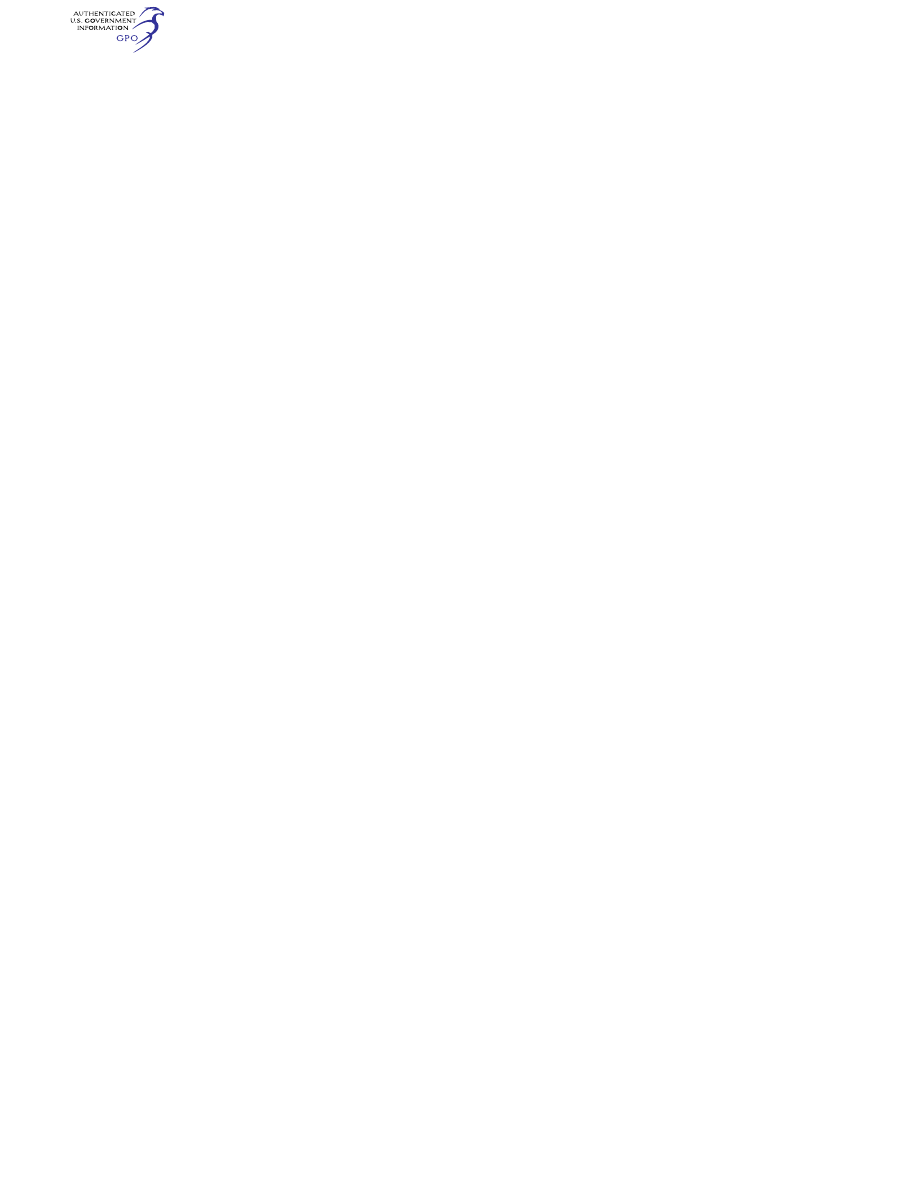
869
Pipeline and Haz. Matls. Safety Admin., DOT
§ 175.501
unloading procedures, as set forth in
the operator’s operations manual, or
for operators that are not certificate
holders, as set forth in a written state-
ment.
(
3
) Static ground wires must be con-
nected between the storage tank or fu-
eler and the aircraft, and between the
aircraft and a positive ground device.
(2) [Reserved]
(d) The following restrictions apply
to loading, handling, or carrying fuel
under the provisions of this section:
(1) During loading and unloading, no
person may smoke, carry a lighted cig-
arette, cigar, or pipe, or operate any
device capable of causing an open
flame or spark within 15 m (50 feet) of
the aircraft.
(2) No person may fill a container,
other than an approved bulk tank, with
a Class 3 material or combustible liq-
uid or discharge a Class 3 material or
combustible liquid from a container,
other than an approved bulk tank,
while that container is inside or within
15 m (50 feet) of the aircraft.
(3) When filling an approved bulk
tank by hose from inside the aircraft,
the doors and hatches of the aircraft
must be fully open to insure proper
ventilation.
(4) Each area or compartment in
which the fuel is loaded is suitably ven-
tilated to prevent the accumulation of
fuel vapors.
(5) Fuel is transferred to the aircraft
fuel tanks only while the aircraft is on
the ground.
(6) Before each flight, the pilot-in-
command:
(i) Prohibits smoking, lighting
matches, the carrying of any lighted
cigar, pipe, cigarette or flame, and the
use of anything that might cause an
open flame or spark, while in flight;
and
(ii) For passenger aircraft, informs
each passenger of the location of the
fuel and the hazards involved.
(e) Operators must comply with the
following:
(1) If the aircraft is being operated by
a holder of a certificate issued under 14
CFR part 121 or part 135, operations
must be conducted in accordance with
conditions and limitations specified in
the certificate holder’s operations
specifications or operations manual ac-
cepted by the FAA. If the aircraft is
being operated under 14 CFR part 91,
operations must be conducted in ac-
cordance with an operations plan ac-
cepted and acknowledged in writing by
the FAA Principal Operations Inspec-
tor assigned to the operator.
(2) The aircraft and the loading ar-
rangement to be used must be approved
for the safe carriage of the particular
materials concerned by the FAA Prin-
cipal Operations Inspector assigned to
the operator.
§ 175.501
Special requirements for
oxidizers and compressed oxygen.
(a) Compressed oxygen, when prop-
erly labeled Oxidizer or Oxygen, may
be loaded and transported as provided
in this section. Except for Oxygen,
compressed, no person may load or
transport a hazardous material for
which an OXIDIZER label is required
under this subchapter in an inacces-
sible cargo compartment that does not
have a fire or smoke detection system
and a fire suppression system.
(b) In addition to the quantity limi-
tations prescribed in § 175.75, no more
than a combined total of six cylinders
of compressed oxygen may be stowed
on an aircraft in the inaccessible air-
craft cargo compartment(s) that do not
have fire or smoke detection systems
and fire suppression systems.
(c) When loaded into a passenger-car-
rying aircraft or in an inaccessible
cargo location on a cargo-only aircraft,
cylinders of compressed oxygen must
be stowed horizontally on the floor or
as close as practicable to the floor of
the cargo compartment or unit load de-
vice. This provision does not apply to
cylinders stowed in the cabin of the
aircraft in accordance with paragraph
(e) of this section.
(d) When transported in a Class B air-
craft cargo compartment (see 14 CFR
25.857(b)) or its equivalent (i.e., an ac-
cessible cargo compartment equipped
with a fire or smoke detection system,
but not a fire suppression system), cyl-
inders of compressed oxygen must be
loaded in a manner that a crew mem-
ber can see, handle and, when size and
weight permit, separate the cylinders
from other cargo during flight. No
more than six cylinders of compressed
oxygen and, in addition, one cylinder of
